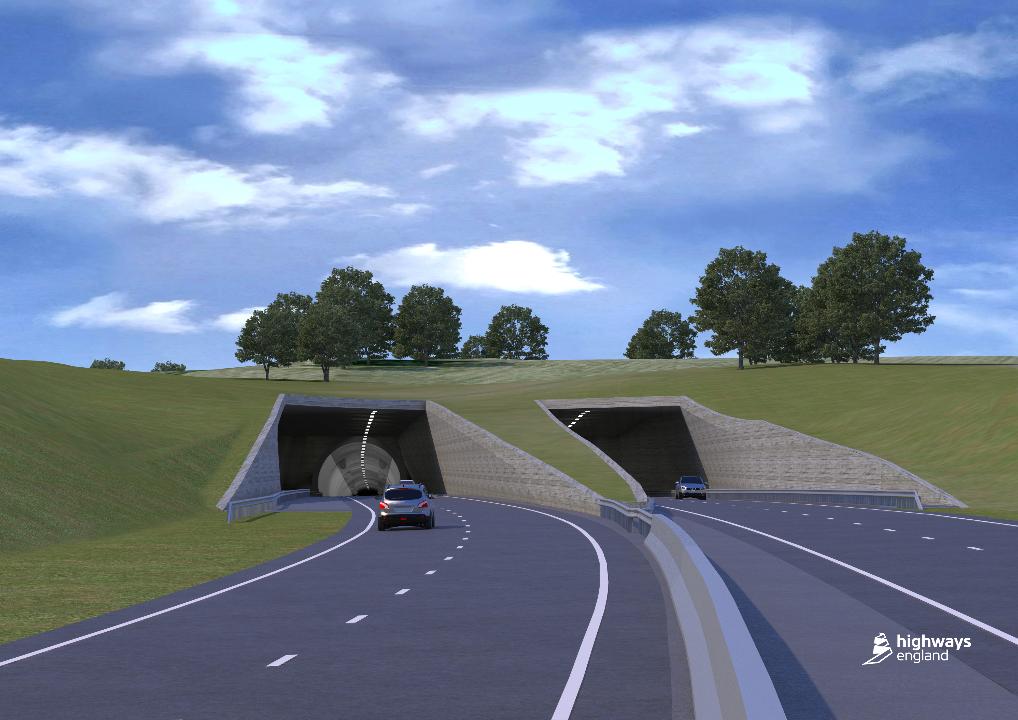The recent approval for plans to construct a tunnel along the A303 Route alongside Stonehenge has been met with mixed reactions. The proposed route seeks to divert the current single-track road – known for causing significant congestion as people slow to view the rocks – into a dual carriageway tunnel that would cross underground just 50 meters from the rocks.
Claims that the tunnel will be beneficial to the heritage site are misleading and have split those concerned with preserving the heritage and sanctity of the stones into two camps.
On the one hand, it is claimed that the plans could see a reduction in the noise and feeling of traffic when visiting the stones. On the other, more historically pressing side of the debate, it is said that the digging could damage and destroy up to 500 000 artefacts. Concerns from groups of archaeologists and druids are stemming from how unknown the extent of the damage will be. Digging in such close proximity to the stones, and in an area of great archaeological significance that hasn’t been comprehensively mapped, could cause unprecedented damage.
This damage could play out in a number of ways. Recent archaeological surveys of the surrounding area of the rocks have detected traces of prehistoric monuments that may have sunken into the ground, problematizing the belief that it is only Stonehenge, above the surface, that we need to worry about. The work, which has largely been spearheaded by Wessex Archaeology, has overseen numerous surveys of the Stonehenge site. This was most recently carried out in 2018, demonstrating that we cannot yet reach a complete picture of the area. Indications of the numerous Neolithic settlements have been traced; vitally pointing to the archaeological significance of the entire grounds.

In contrast to the worrying research of Wessex Archaeology, Highways England have outlined some cultural benefits that may result from the RIS2 project. One of these is that the ancient processional route called ‘The Avenue’ would be reconnected, as it is currently cut off by the A303. It is hard to argue, however, that the reconnection of a minor processional route justifies the destruction of innumerable undiscovered artefacts around the Stonehenge site.
Aside from the unknown (and perhaps, therefore, unjustifiable) impact the construction will cause to the grounds’ archaeological preservation, there are also a number of environmental issues posed by the new road. Opposition in court to the plans was based on how the project, part of the RIS2 scheme, could violate the Paris Climate Agreement. The Heathrow expansion has recently been rejected on the same grounds, which opposition used as a legal precedent. Whilst the carbon output of RIS2 will be significantly less than the Heathrow expansion (the new road will only impact 0.2% of traffic across the UK), it is still important to recognise how this project still bypasses recent, vital, and basic climate infrastructure, as well as facing scrutiny against multiple decarbonisation and clean air acts.
That the more understood, environmental issues posed by the project have been neglected paints a worrying picture for those we have less understanding of. We must consider the reality of the archaeological understanding surrounding Stonehenge. The truth is that there is still relatively little – and certainly not enough to warrant potentially undermining and damaging the significance of the site.
For the time being, it is important to be guarded and mindful of claims that this development may benefit the cultural status and sanctity of the site. Stonehenge has well-earned national and historical importance; dicing with its devaluation deserved more thought.
Image Credit: Highways England

